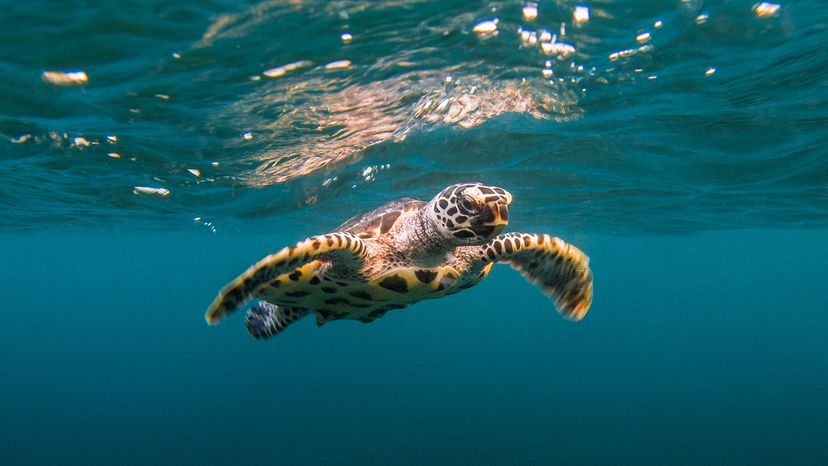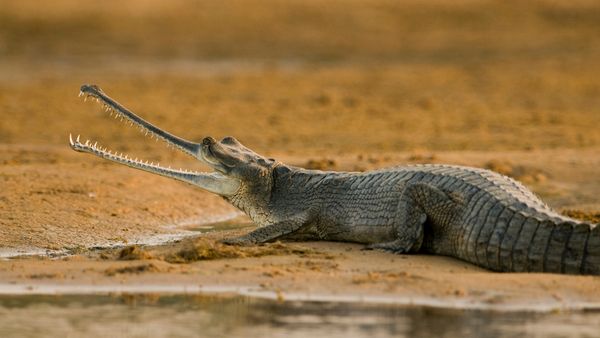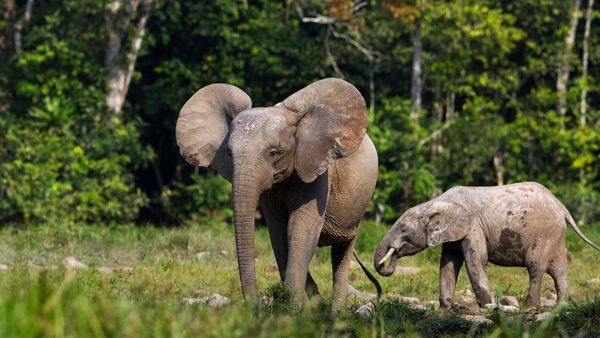Hawksbill turtles were listed as critically endangered by the IUCN in 1996. The biggest blow to hawksbill populations as been the tortoiseshell trade. The brown and yellow speckled material known as tortoiseshell comes not from a tortoise, but from hawksbill sea turtles.
A 2019 study found that 9 million hawksbill turtles were killed in the tortoiseshell trade in the past 150 years (six times previous estimates). The study's authors wrote that the hawksbill turtle "has been traded internationally perhaps longer and more intensively than any other marine species."
In 1977 by CITES, the Convention on International Trade in Endangered Species of Wild Fauna and Flora, prohibited hawksbill sea turtle trade, but nonmember countries continued to trade sea turtles into the 1990s. Illegal poaching is an ongoing problem for hawksbill turtle populations.
Other threats include harvesting of hawksbill eggs and meat, coastal development in sea turtles' nesting habitat, loss of coral reefs due to climate change and pollution, entanglement in fishing gear like gill nets and oil pollution.
Hawksbill turtles appear more sensitive to pollution than other sea turtle species, so even with laws in place to protect turtles from the shell trade, these sea turtles remain critically endangered, rare animals.


